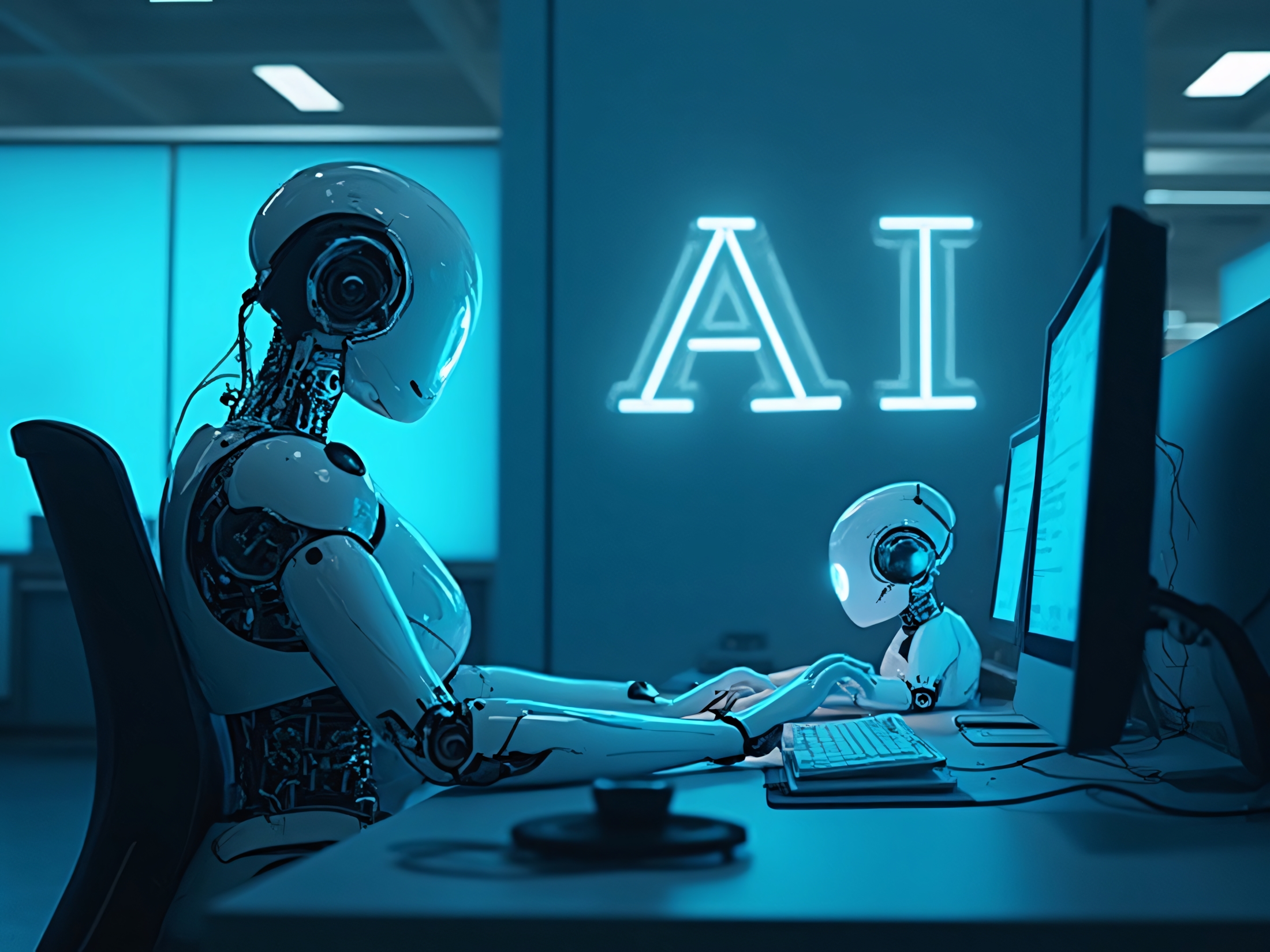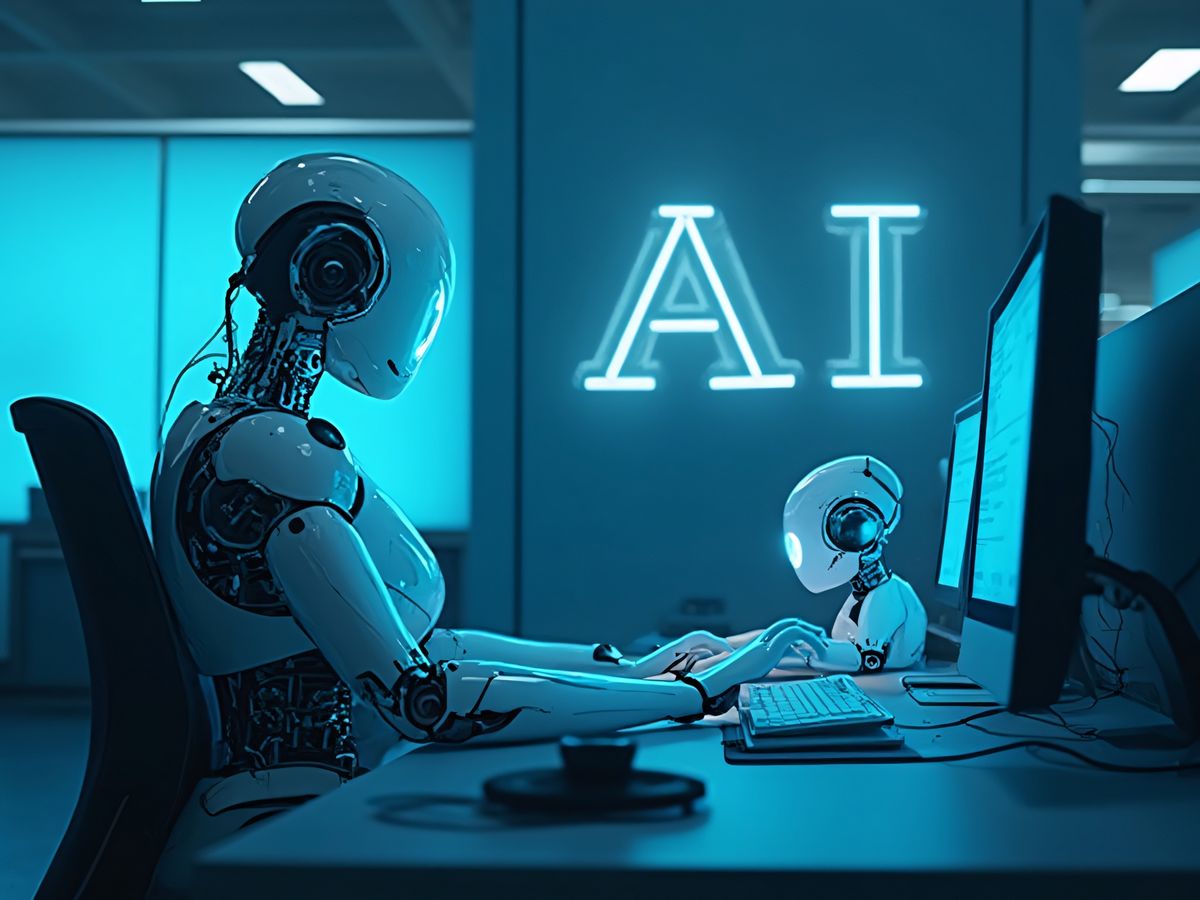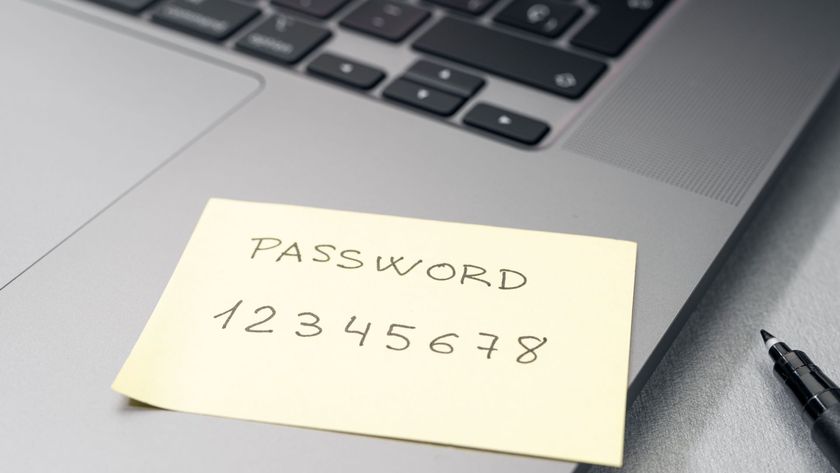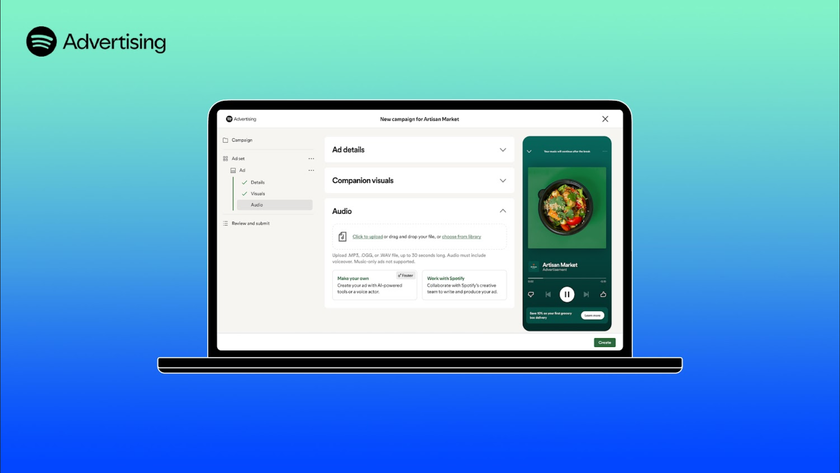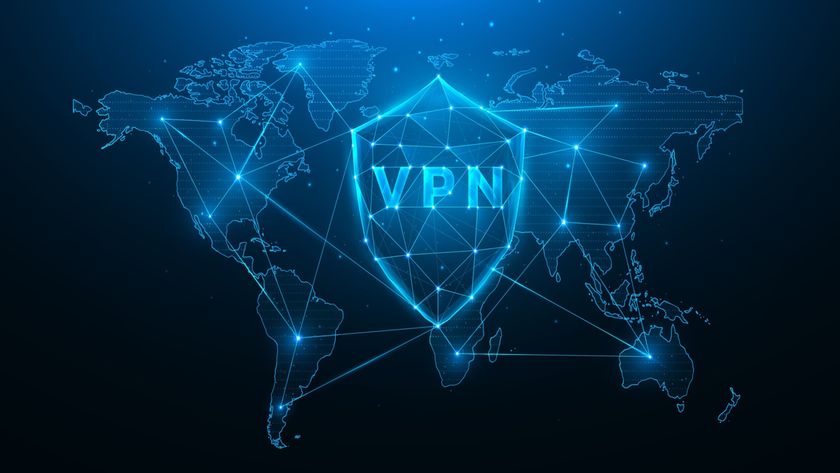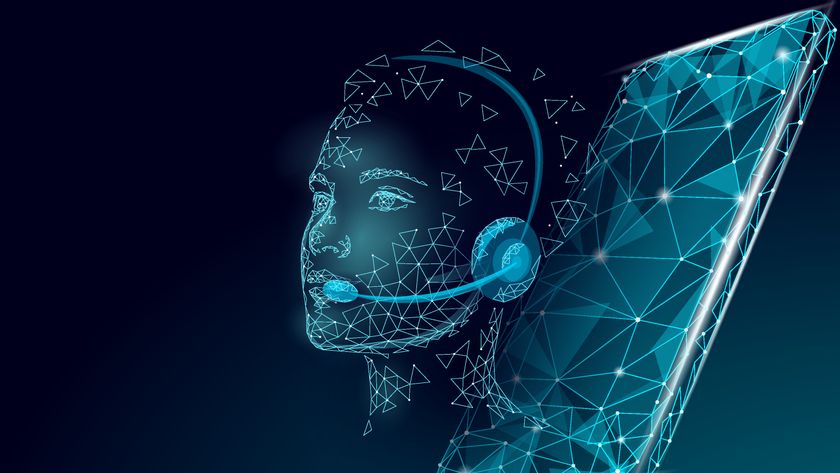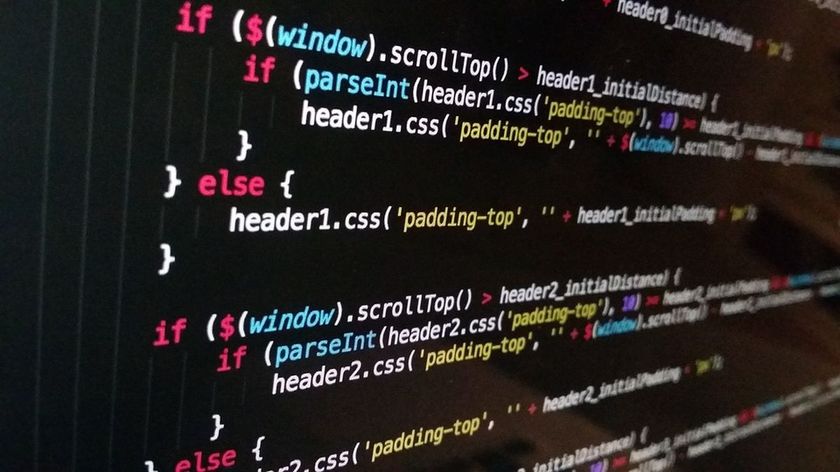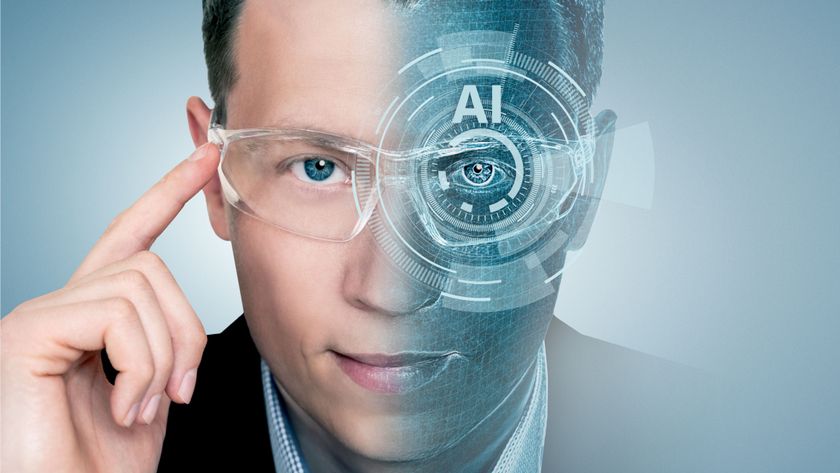The integration of AI into HR is rapidly reshaping how businesses approach employee management. While AI offers significant opportunities for efficiency and innovation, the key challenge is ensuring it complements, rather than replaces, the human element. Many organizations remain in the planning phase, while a select few early adopters are actively experimenting with AI - particularly in recruitment, where both employers and candidates engage in what has been termed an 'AI arms race.'
However, AI adoption in HR is about far more than automation. It requires trust, ethical considerations and a seamless blend of technology and human oversight. As AI finds its place across the employee lifecycle, organizations benefit from ensuring its implementation enhances the employee experience rather than creating new barriers.
Senior Consultant and AI expert at LACE Partners.
The challenge: balancing efficiency with employee experience
Today’s HR leaders are considering how to strike a balance between leveraging AI for improvements in productivity while maintaining a high-quality employee experience. One of the biggest concerns is trust. Employee trust in AI varies across different HR functions, making a one-size-fits-all approach unsuitable.
Some might trust the tool but the trust might be misplaced, while others are not as early in the adoption curve and don’t know the steps they need to take in order to find out if they could trust AI. Therefore, transparency about how AI-driven decisions are made and ensuring employees have the option to engage with a human when needed will be crucial in fostering confidence in these new systems.
The TRUSTED framework can help organizations responsibly navigate AI implementation. This model comprises Transparency, Regulation, Usability, Security, Technology, Ethics, and Data, each playing a critical role in ensuring AI is adopted in a responsible and sustainable manner.
Transparency - Employees benefit from understanding how AI-driven decisions are made. Clear communication about AI's role in HR, its benefits, and its limitations is essential in preventing misinformation and building confidence. Transparency reassures employees and strengthens their trust in AI-assisted processes.
Regulation - AI use in HR aligns with legal frameworks such as the EU AI Act and existing employment laws. Organizations also consider how future regulatory changes, such as Right to Switch Off laws, could impact AI's role in HR. Compliance reduces legal risks and supports organizational credibility.
Usability - AI tools are designed with a user-centric approach. Accessibility considerations ensure AI solutions cater to diverse employee needs. Gathering regular feedback and refining AI-based HR services based on user experience enhances their effectiveness. Additionally, organizations define clear boundaries for AI usage, where AI augments HR functions, but employees continue to have the option to engage with a human professional when needed.
Security - AI adoption introduces potential risks, particularly in handling sensitive employee data. Robust security measures help prevent misuse. Human oversight remains a vital component of AI-driven HR to monitor and mitigate risks, ensuring AI decisions align with ethical and organizational standards.
Technology - AI integrates seamlessly with existing HR technology. Organizations assess whether their tech infrastructure is ready to support AI and whether their workforce is adequately trained to leverage these tools. As the emergence of Agentic AI, where individual AI agents handle specific tasks, raises concerns about governance and oversight, making structured frameworks essential for managing AI use effectively.
Ethics - AI in HR reflects and upholds an organization's values. Reducing algorithmic bias, ensuring diversity, equity, and inclusion (DEI), and maintaining fairness in hiring, promotions, and performance management are key ethical considerations. AI should not inadvertently reinforce biases; instead, it actively supports fairer workplace practices.
Data - The foundation of AI, making responsible data management critical. Organizations comply with GDPR and data protection laws while maintaining high data quality. AI-driven decisions rely on accurate and up-to-date information, and robust data governance frameworks prevent biases from affecting decision-making processes.
With UK organizations facing budget constraints and impending employment law changes, many are turning to AI as a cost-saving measure. Indeed, a recent CIPD report revealed that almost a third of organizations anticipate job cuts and hiring freezes in response to legislative and economic pressures. This raises the question: can AI truly balance efficiency and human touch in such an environment?
HR’s role in AI transformation
Achieving this balance requires a strategic approach. AI cannot be used as a hasty replacement for human roles without considering the wider implications. HR plays a central role in ensuring AI adoption is done responsibly, focusing on how AI can enhance, rather than disrupt, the employee experience. Organizations should, therefore, engage in due diligence, ensuring that AI implementation aligns with long-term workforce needs rather than merely short-term cost savings.
HR leaders are integral in shaping AI's role within organizations. Even if AI is first implemented in other functions, HR actively participates in governance, ethical considerations, and workforce readiness. In fact, HR professionals can greatly benefit from upskilling and building AI capability, ensuring they provide oversight and guidance as AI becomes more embedded in workplace processes.
While organizations may not yet be ready for full-scale AI implementation, exploring, experimenting and building the necessary ‘muscle memory’ to effectively integrate AI is now underway. And HR leaders should take a proactive stance. By embracing AI thoughtfully and ensuring human oversight remains integral, they can create a workplace that is both technologically advanced and deeply human-centric. The future of HR isn’t about choosing between AI and people - it’s about ensuring they work together to create a fairer, more inclusive, and higher-performing workforce.
We've listed the best PEO services and the best payroll software.
This article was produced as part of TechRadarPro's Expert Insights channel where we feature the best and brightest minds in the technology industry today. The views expressed here are those of the author and are not necessarily those of TechRadarPro or Future plc. If you are interested in contributing find out more here: https://www.techradar.com/news/submit-your-story-to-techradar-pro
